
| Portfolio | Management Experience | About | Contact |
|---|


| Case Study
PSE&G Training Initiative Client: Public Service Electric & Gas Summary Recreating decades-old diagrams and schematics for operator training classes. Introduction Public Service Electric & Gas (PSE&G), a power company based in New Jersey, operates a nuclear plant in Salem, NJ, built in 1968. Each year, nuclear operators undergo state-mandated tests to ensure their competency in running the machinery. However, due to outdated and poor-quality training materials, their test scores remained in the mid-60th percentile. The root cause was their reliance on old black-and-white photocopies of training diagrams and schematics, which had severely degraded over time, making them difficult to read. Recognizing the urgency, the state government gave PSE&G one year to improve operator training and elevate test scores to the 90th percentile. This presented a significant challenge: PSE&G no longer had access to the original diagrams and schematics. They needed to recreate the training materials from scratch, ensuring they were highly detailed, visually accurate, and included color to reflect different types of metals and surfaces—replicating real components as closely as possible to enhance operator understanding. Research and Insights The project commenced with an in-depth review of the entire training program. Each reactor section required its own set of diagrams and schematics, detailing its internal mechanics. Additionally, bridge diagrams illustrated how different reactor sections interacted with one another. To achieve consistency, each diagram and schematic set needed to align perfectly with its corresponding bridge diagrams in terms of color, size, and orientation. The illustrations were created using an isometric design style, a technique that portrays three-dimensional objects on two-dimensional media while maintaining depth and realism through perspective-based illustration principles. Design Concept and Process Once the training sets were organized, the next step involved recreating the diagrams and schematics in Adobe Illustrator. However, the poor quality of the existing materials posed a significant challenge. Our team conducted meetings with nuclear operators from each location, allowing them to explain the diagrams in detail. We examined physical parts, studied photographs, and observed how components functioned together. This collaborative approach provided the necessary insights to produce accurate and highly detailed training handouts. A Personal Touch With a background in auto restoration, I had prior experience understanding mechanical components. This expertise helped me visualize how the reactor parts interacted and what they should look like in the illustrations, ensuring the final training materials were as realistic and functional as possible. Results Over the course of eight months, I created close to 200 isometric illustrations. Collectively, our team developed over 600 new training handouts. This extensive effort led to a significant improvement in operator competency, with test scores rising to the low 90th percentile—exceeding expectations and reinforcing the effectiveness of the revamped training materials. |
|---|
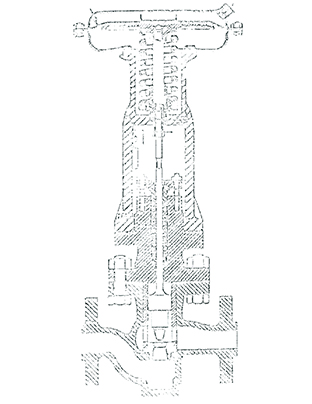 |
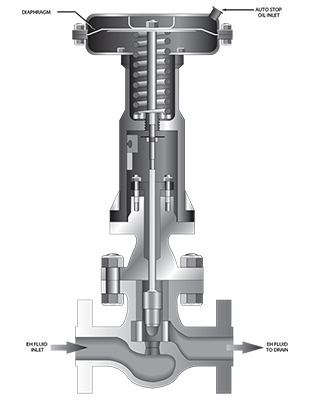 |
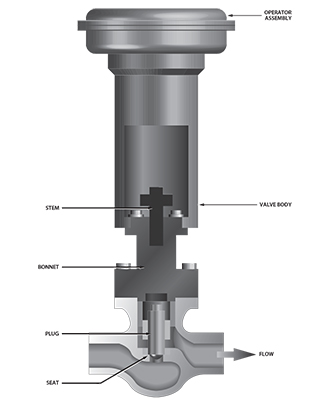 |
|---|---|---|
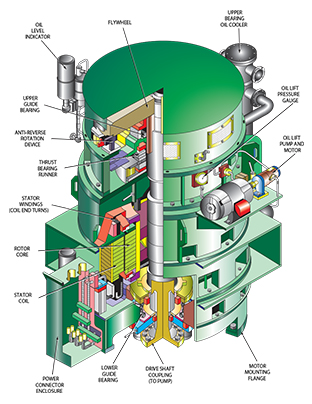 |
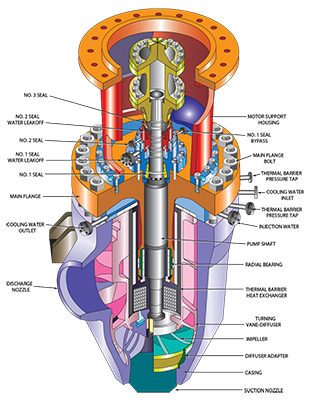 |
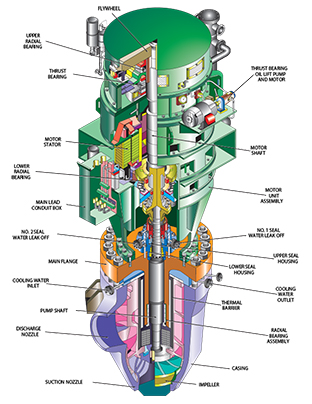 |
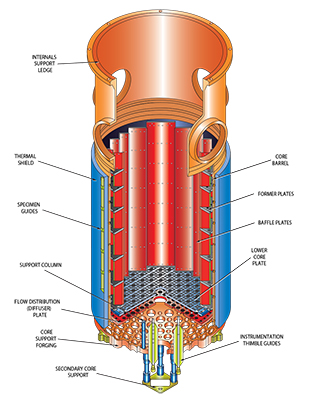 |
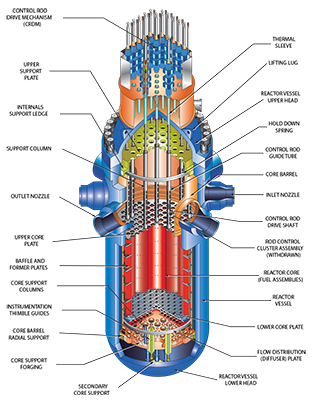 |
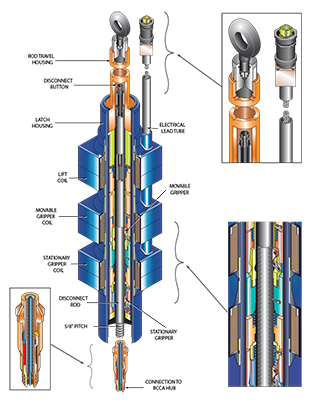 |